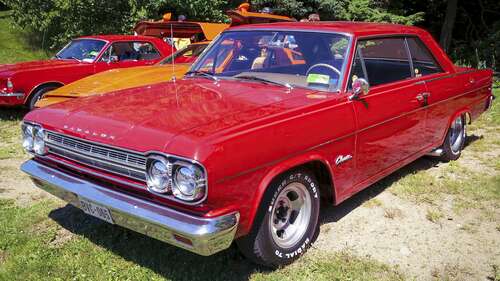
During their production lifespans, both engines evolved. In its prime, from 1961 to 1962, the 225 cubic-inch Slant-6 peaked at 196 horsepower, while the 170 cubic-inch version increased from its original 101 to 148 horsepower when equipped with the Hyper Pak system option. The AMC Typhoon Inline-6 eventually became Jeep’s 4.0-liter workhorse, which topped out at 190 horsepower and 235 lb-ft of torque in 1991 Wranglers and 1993 Cherokees until the end of its production in 2006.
The final 225 cubic inch Slant-6 production engines were found in larger Chrysler, Dodge, and Plymouth cars, often used in taxicab fleets and as police cars, until 1984, and Dodge pickup trucks until 1987. These later model engines suffered from electronically controlled carburetors and computerized engine control modules that made troubleshooting problems chaotic. Many theorize the engine’s electronics issues led to its removal from Chrysler’s engine offerings.
On the contrary, Jeep’s 4.0-liter Inline-6 powered some of the company’s most legendary and iconic off-road capable vehicles, such as Wrangler and Cherokee models, until it was replaced in 2007 by the 3.8-liter V6. The 2007 Wrangler with a 3.8-liter V6 generated 202 horsepower and 237 lb-ft of torque.
While the Chrysler Slant-6 performed well in its early years, it’s no match for the AMC/Jeep Inline-6. The AMC/Jeep Inline-6’s longevity and reputation as a rugged, reliable powerplant for off-road vehicles puts it ahead of Chrysler’s troublesome Slant-6.

